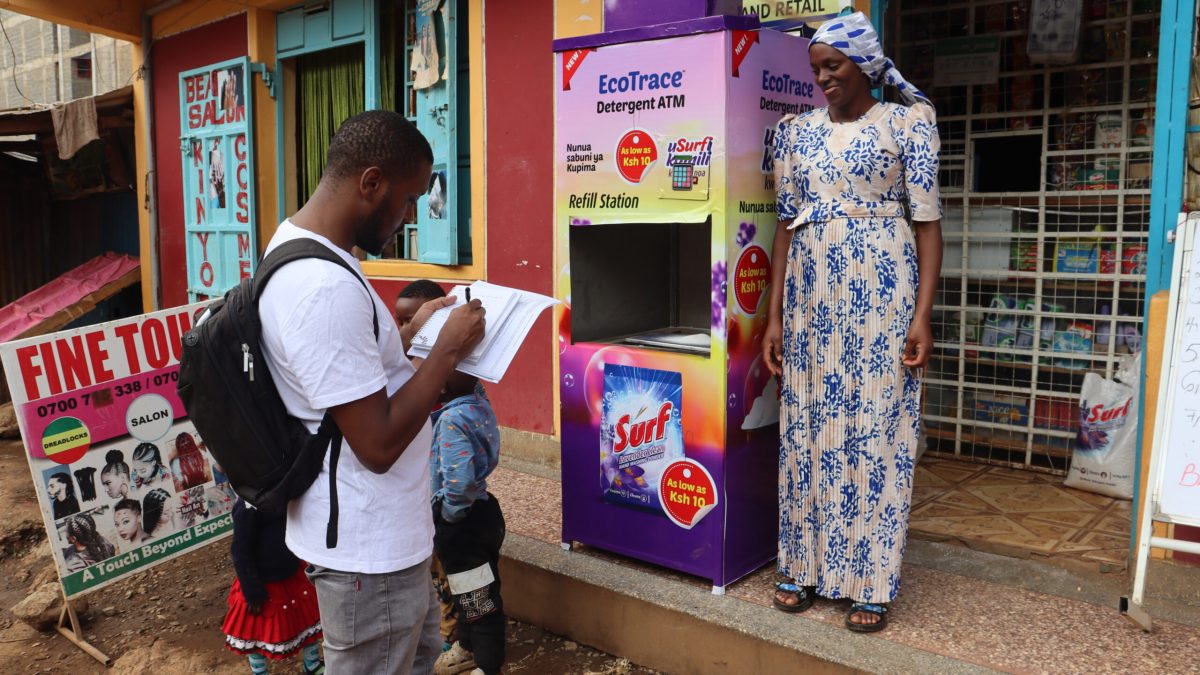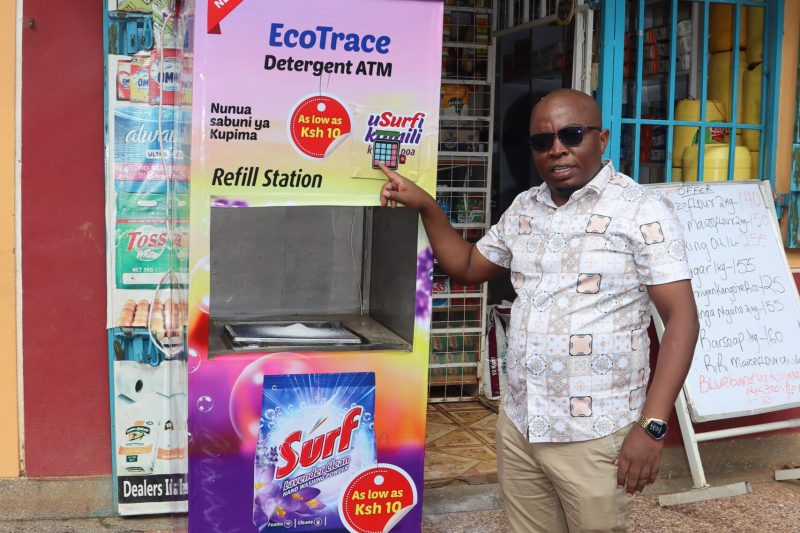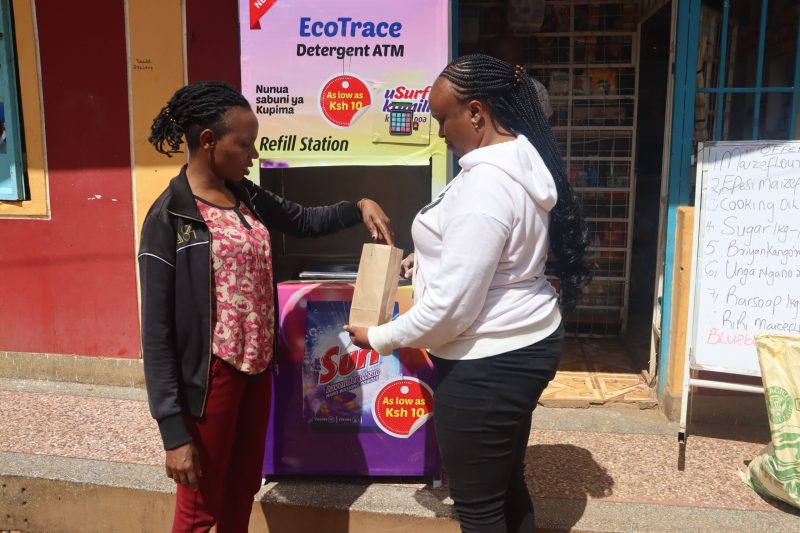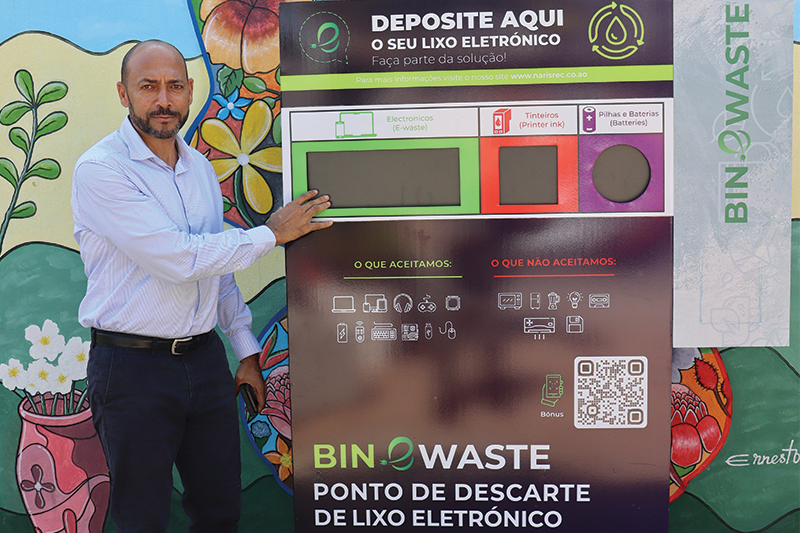
Every year, the world generates over two billion tonnes of waste—yet only a small percentage is effectively reducing waste upstream. According to the World Bank, global waste is expected to increase by 70% by 2050 if no action is taken. In many low- and middle-income countries, this challenge is compounded by limited infrastructure and rising consumption of single-use products.
Why is this an issue? Waste that is not properly managed can leak into the environment, or end up in landfills, which are designed to bury and isolate waste, creating anaerobic conditions ideal for result in methane production as the waste decomposes. Harmful methane then escapes into the atmosphere, contributing to the greenhouse effect and global warming.
The Innovate2PREVENT (I2P) program, supported by the PREVENT Waste Alliance and implemented by Yunus Environment Hub, aimed to tackle this urgent issue by supporting 15 innovators in 3 core areas:
- Upstream solutions to plastic waste
- Extending product lifetime and optimizing resource efficiency of electrical and electronic equipment.
- Integrating digital solutions and interoperable data models across product life cycle stages and value chains.
During a recent Monitoring and Evaluation visit to Kenya and Angola, Yunus Environment Hub Program Manager Leonard Mwasi, engaged with two of the I2P innovators—EcoTrace and Narisrec to see the impact of their work.
Enabling Reuse in Kenya: EcoTrace Tackles Plastic Waste at the Source

Kenya is one of the leading African countries for policies related to plastic usage. In 2020 Kenya banned the use of all single-use plastics (SUPs) in all protected areas and developed a complementary implementation plan, including outreach campaigns and financial disincentives (such as fees) on SUPs, as noted in a policy brief by the Duke Nicholas Institute for Environmental Policy Solutions. Kenya was also amongst the first countries to ban plastic bags. However, the plastic waste challenge still exists, and is expected to get worse: by 2060, plastic generation is expected to be 1.9 million metric tons per year.
While policies are needed, work on the ground is also critical to change consumer behavior and provide offerings to SuPs, for example through reuse and refill models. Let’s dive into one example from the I2P program to learn more.
In Nairobi, Kenya, EcoTrace is piloting an inclusive refill system for detergents. The aim: to reduce single-use plastic packaging while providing high-quality powdered and liquid refills.
As part of the I2P program, EcoTrace developed and produced four IoT-enabled detergent refill dispensers, each designed for community-based or shop-based use. These machines were developed in partnership with local fabricators, with iterative improvements to refine usability, safety, and branding.
During a recent site visit, the EcoTrace team demonstrated one of the units already in operation at a local shop. The refill station enables low-income customers to avoid the poverty tax by accessing affordable quantities of detergent—priced similarly to bulk purchases, but without the packaging waste.
“This was our first time developing a dispenser like this. We worked closely with local fabricators and refined the design through several iterations,” said Donatus Njoroge, Team Lead at EcoTrace.
Building the first batch of refill dispensers wasn’t without its hurdles—from branding delays to hands-on troubleshooting with fabricators—but EcoTrace pulled through, delivering all four within the project timeline. The real story, however, began once the dispensers started serving the community.
One customer, smiling as she refilled her container, told us that her monthly detergent costs have been cut in half. Inside the shop hosting the station, the owner proudly shared that they’ve stopped selling single-use sachets altogether. Outside, not a single empty wrapper was in sight—a small but powerful sign that change is already taking root.

Looking ahead, EcoTrace plans to improve the dispenser design to support a wider range of refillable products and brands. The team is also exploring a centralized refill hub model, aimed at decoupling access to consumer goods from traditional packaging and shop-based infrastructure.
By aligning accessibility, affordability, and circularity, EcoTrace presents a scalable model for upstream plastic prevention supporting the global shift toward reuse infrastructure that eliminates packaging waste at the source.
If you are an entrepreneur, brand or retailer interested in learning more about launching or scaling a reuse model, visit Open Reuse for free resources to help you get started.
Community supported e-waste collection: Binewaste Ecopoints by Narisrec in Angola

E-waste is one of the fastest-growing waste streams globally, and Africa is experiencing a sharp rise. Most e-waste recycling in Africa is handled by the informal sector, where workers dismantle electronics without protective equipment, exposing them to toxic chemicals. (Source: Towards a Circular Economy: E-waste Management in Africa)
In Luanda, Angola, efforts are underway to tackle the growing e-waste challenge by helping communities rethink what happens to old phones, broken cables, and forgotten gadgets. At the heart of this movement is Binewaste, a digital platform developed by I2P participant Narisrec, that pairs with smart Ecopoints custom-built e-waste bins equipped with fill sensors and connected to an app for easy scheduling, tracking, and disposal.
For Narisrec, the inspiration was deeply local.
“The idea came from the need to give people a proper way to dispose of obsolete electronics—there was no local project doing that,” Decio Silvo, founder of Narisrec .
So they built one. With support from the I2P program, Narisrec installed three Ecopoints, bringing formal e-waste collection infrastructure to communities that previously had none. As part of their project funding, they also began the ISO 14001 certification process, a major step toward embedding sustainability into their operations.
A turning point came during a mall activation where they introduced Binewaste to the public.
“We were surprised by how many people showed up, interested and eager. Months later, that same Ecopoint was full. It was the validation we needed people had simply been waiting for the right tool to do the right thing.”
Building the entire Binewaste platform hasn’t been simple. The team faced challenges in designing physical bins that are intuitive and accessible, while also developing a secure, transparent online platform that can support scheduling, user tracking, and e-commerce for refurbished electronics.
“We’re still improving the app. Building something robust and transparent takes time,” shared Silvo.
Yet their vision is unwavering: Narisrec wants to create a scalable, tech-enabled e-waste solution that’s relevant far beyond Luanda.
“We want to expand our technology and the number of kiosks, so more people can recycle electronics. And we’ll keep raising awareness because people deserve the knowledge and infrastructure to act sustainably.”
By combining physical access points with digital education and traceability, Binewaste is building the backbone of a circular e-waste economy in Angola and laying the groundwork for broader regional impact.
A Glimpse Into What’s Possible
From refill stations in Kenya to smart Ecopoints in Angola, these visits highlight how local circular solutions can interrupt linear value chains and generate social and environmental value by keeping resources in use. Each initiative brings circular economy principles to life—designing out waste, extending the life of materials, and restoring ecosystems—while adapting to local realities.
Importantly, these solutions help reduce greenhouse gas emissions linked to raw material extraction, production, and disposal. By promoting reuse and reducing reliance on virgin resources, such innovations contribute to broader climate goals and support the long-term transition toward zero net carbon emissions.
As the I2P program comes to an end, innovators and the ecosystems they are shaping—highlight how circular solutions can be rooted in local culture, scaled through digital innovation, and aligned with global environmental goals.
Images: © Yunus Environment Hub